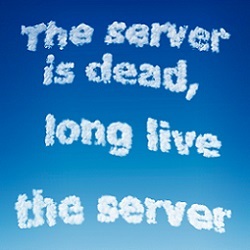Six-figure bonuses, outsize equity stakes and the flexibility to work from just about anywhere: These are some of the perks companies are offering information-technology workers as they compete for talent in a tight labor market, job seekers and recruiters say.“
Recruiters are feeling the pressure, from the chief executive officer down to the hiring manager, and are working extremely hard to find that tech talent,” said James Atkinson, vice president of quantitative analytics and data science at research and advisory firm Gartner Inc.
Gartner estimates that most large U.S. companies are competing to fill many of the same technology roles, including computer and information research scientists, systems managers, analysts, engineers and software architects. “Nearly a third of the most critical roles, like tech talent, are left unfilled after five months, costing millions in lost productivity on the table for each company every year,” Mr. Atkinson said.
Demand for these workers is growing as companies world-wide seek an edge over competitors by using technology such as cloud computing, data analytics and artificial intelligence. Global spending on these and other enterprise IT tools is expected to reach $3.79 trillion this year, up 1.1% from 2018, Gartner said.
In the first half of 2019, tech job postings in the U.S. rose 32% from a year earlier, according to federal employment data analyzed by IT trade group CompTIA. In the past three months, U.S. employers had about 918,000 unfilled IT jobs, CompTIA said.
While some companies are racing to train existing staff in high-demand skills, others are buying smaller tech ventures to acquire IT workers.
Some of the biggest companies are adding to their arsenal of tools to secure the right employees, said Michael Solomon, co-founder and managing partner at 10x Ascend, an advisory firm for senior technology job seekers.
Source: America’s Got Talent, Just Not Enough in IT – WSJ


